
- Stock: In Stock
- Model: CR503
This question is difficult to answer because different countries have different cultural norms and traditions for opening ribbon-cutting ceremonies. Here are some possible differences:
1. China: In China, the opening ribbon-cutting is a very old tradition, and it is usually held on occasions such as shops, offices or new buildings. The ceremony is usually officiated by an important person, such as a store owner, city official, or company executive. During the ceremony, the host will pick up a pair of large scissors and cut the red ribbon, which symbolizes success and good luck.
2. United States: In the United States, opening ribbon-cutting ceremonies are often a tradition for the opening of stores, hotels, museums, etc. The ceremony is usually officiated by local dignitaries, celebrities or shop owners, who take a pair of large scissors and cut a green ribbon, a symbol of prosperity and success.
3. Japan: In Japan, the ribbon-cutting ceremony for the opening is called "Kimonjin Kaiki" (きもんがみひらき) and is a tradition in many shops, hotels and temples. The ceremony is generally presided over by a god who will perform a ceremony before opening the door to pray for blessings from the gods. Cheers erupted as the host cut the white ribbon, symbolizing new beginnings and good luck.
4. Thailand: In Thailand, the opening ribbon-cutting ceremony is a very grand ceremony, usually hosted by temples or members of the royal family. Before the ceremony begins, the host will hold a short prayer ceremony and distribute items such as lotus flowers, white rice and bananas to express faith in the gods. Afterwards, the host will cut a golden ribbon, symbolizing prosperity and success.
Unlimited Blocks, Tabs or Accordions with any HTML content can be assigned to any individual product or to certain groups of products, like entire categories, brands, products with specific options, attributes, price range, etc. You can indicate any criteria via the advanced product assignment mechanism and only those products matching your criteria will display the modules.
Also, any module can be selectively activated per device (desktop/tablet/phone), customer login status and other criteria. Imagine the possibilities.


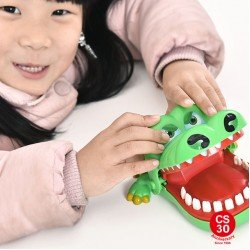
kid-art-drawing/crayola/202010/Crayola%20Color%20Wonder%20Mess%20Free%20神奇顯色系列-%20米奇老鼠/Crayola+Color%20Wonder_mess%20Free神奇顯色系列-米奇老鼠-250x250h.jpg)

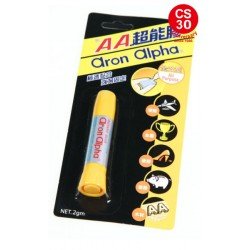

kid-art-drawing/crayola/202010/Crayola%20Color%20Wonder%20Mess%20Free%20神奇顯色系列-%20米奇老鼠/Crayola+Color%20Wonder_mess%20Free神奇顯色系列toystory-250x250.jpg)
-250x250w.png)
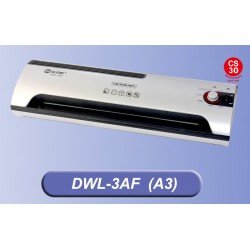


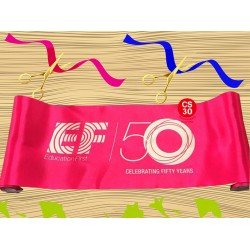

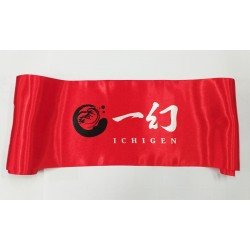
/001/一幻拉面剪綵儀式_ribbon_155-250x250.jpg)

